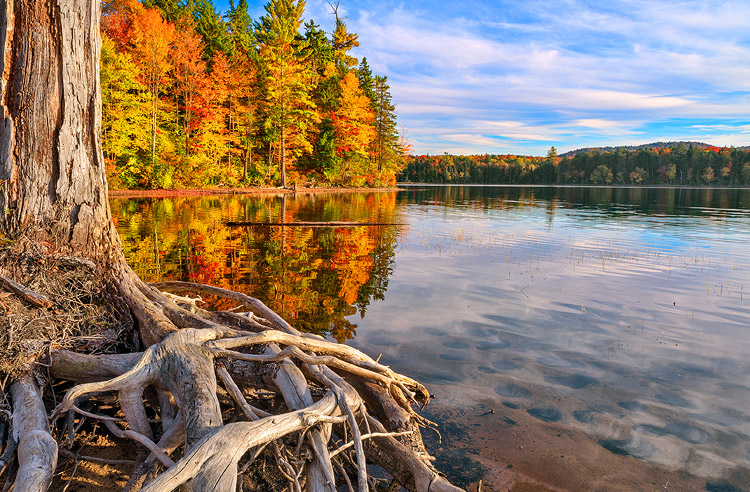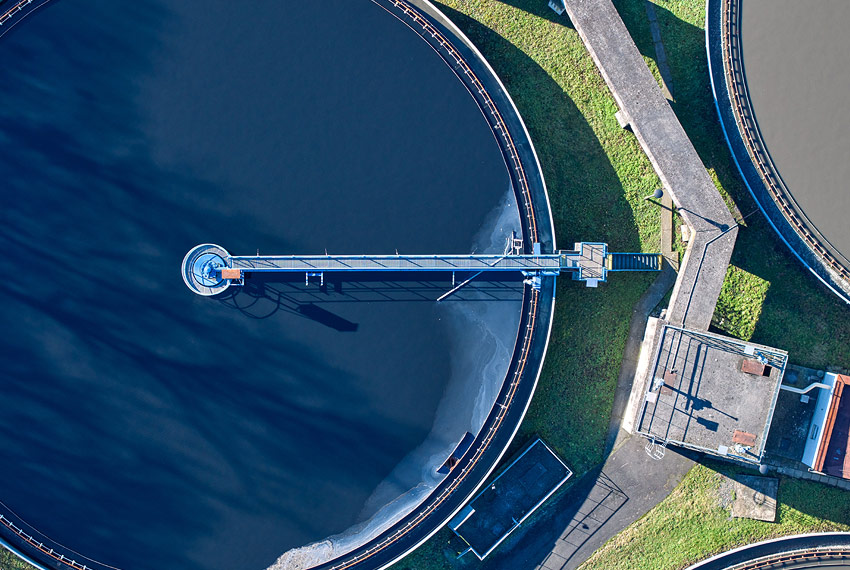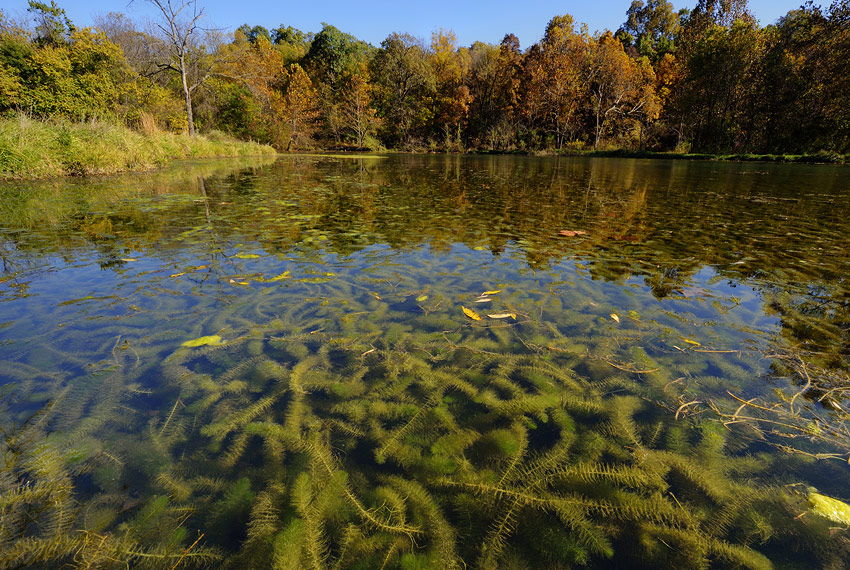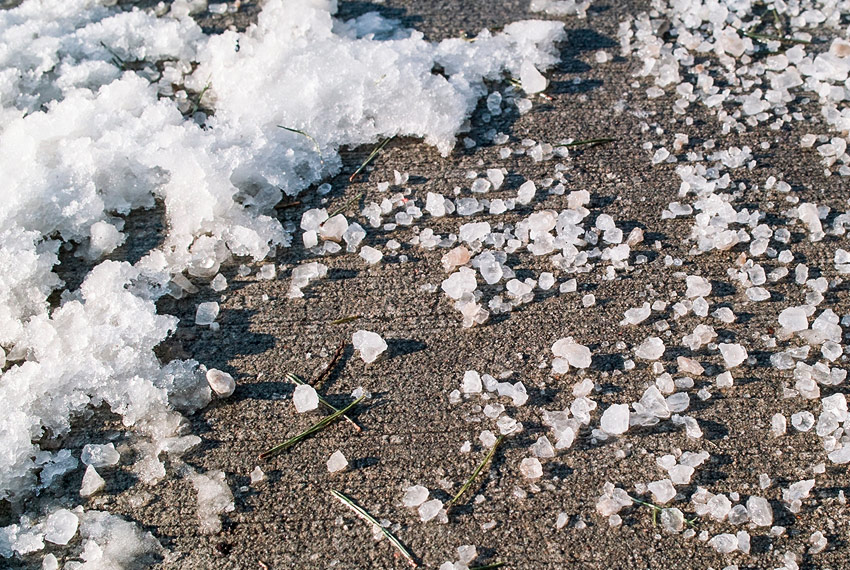What We Do
Clean Water in the Adirondack Park
Clean water is the greatest ecological and economic resource of the Adirondack Park. Thousands of lakes and streams provide habitat, recreational opportunities and drinking water.
The Council has worked for the past half century to advocate for funding and policies that protect the water quality of Adirondack lakes, rivers, and streams by:
- Advocating to fund research and clean water infrastructure projects
- Gaining approval for state-funded watershed protection via land purchases and conservation easements
- Working with partners and local and state officials to eliminate 90 percent of winter road salt use and maintain safe roads
- Fighting to decrease acid rain and mercury impacts by 90 percent
- Strengthening and funding effort to combat invasive aquatic species, including a comprehensive prelaunch boat-inspection program
- Expanding local septic system inspection and replacement-financing programs
- Working as a bridge between local and state officials to facilitate the awarding of more than $170 million in clean water project grants to Adirondack towns and villages that could not have afforded them without state assistance

Addressing aging water infrastructure is a complex and costly undertaking for small, rural communities and is critical to keep Adirondack waterbodies pristine. For the past eight years, the Council’s Clean Water program has documented these capital needs, worked with town leaders on their clean water wastewater treatment plant (WWTP) and sewer projects and advocated for state and federal grant funds.
The Council’s Clean Water Program partners with lake associations, local governments and nonprofits to build capacity, provide technical assistance, and advocate for state and federal funds to support lake associations.
Road Salt
Studies in the Adirondack Park have found that salt loadings have had significant impacts on lakes and ponds, as well as drinking water wells near treated roadways.
Wastewater Solutions
Improper wastewater management leads to pollution of pristine lakes and streams, which can result in beach closures, the destruction of aquatic habitats, and contamination of drinking water supplies.


Aquatic Invasive Species
Aquatic invasive species weaken fisheries, reduce biodiversity, heighten levels of toxins throughout the water and food chain, and outcompete native species in waterbodies. Once introduced, aquatic invasive species take root in new environments very quickly.

